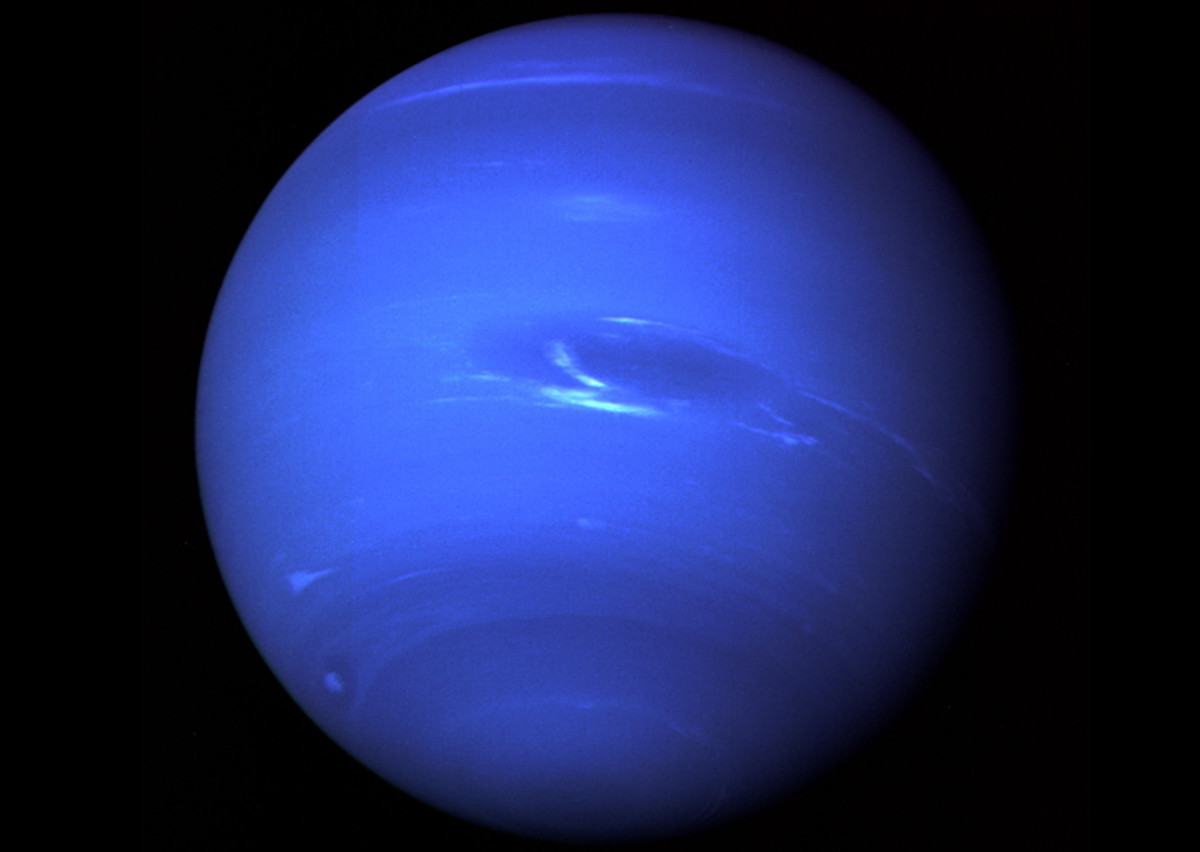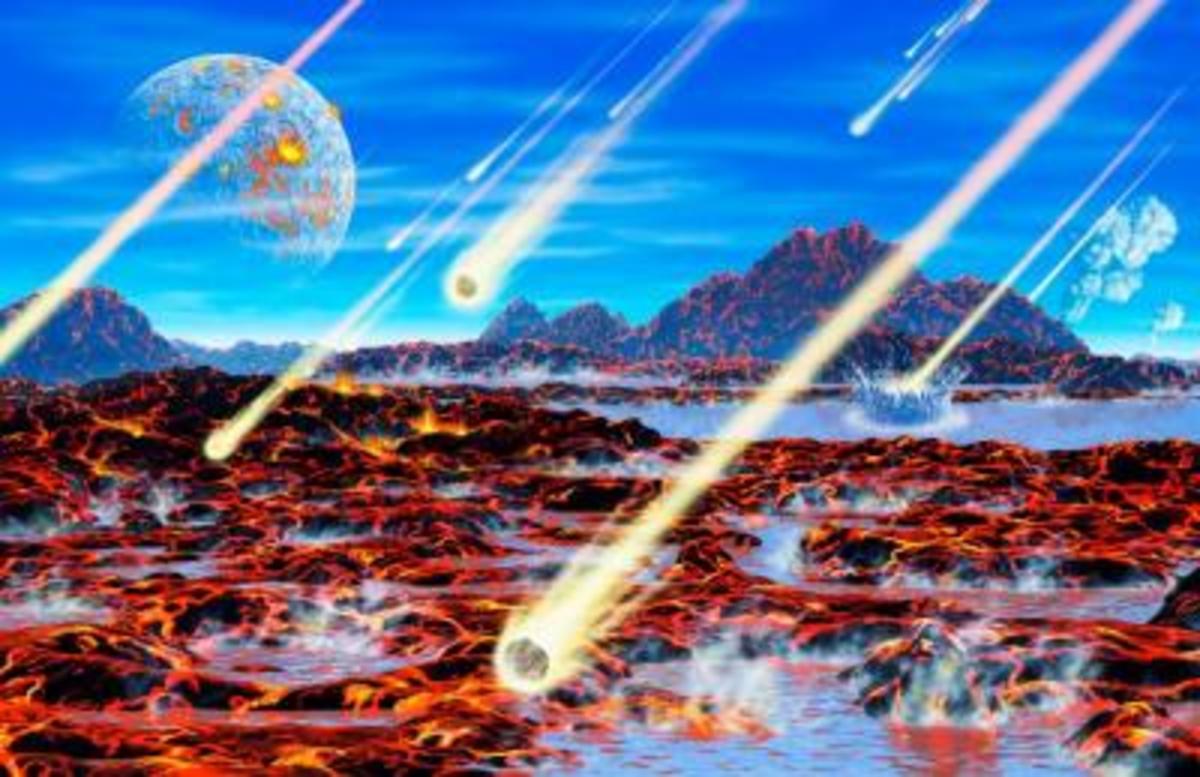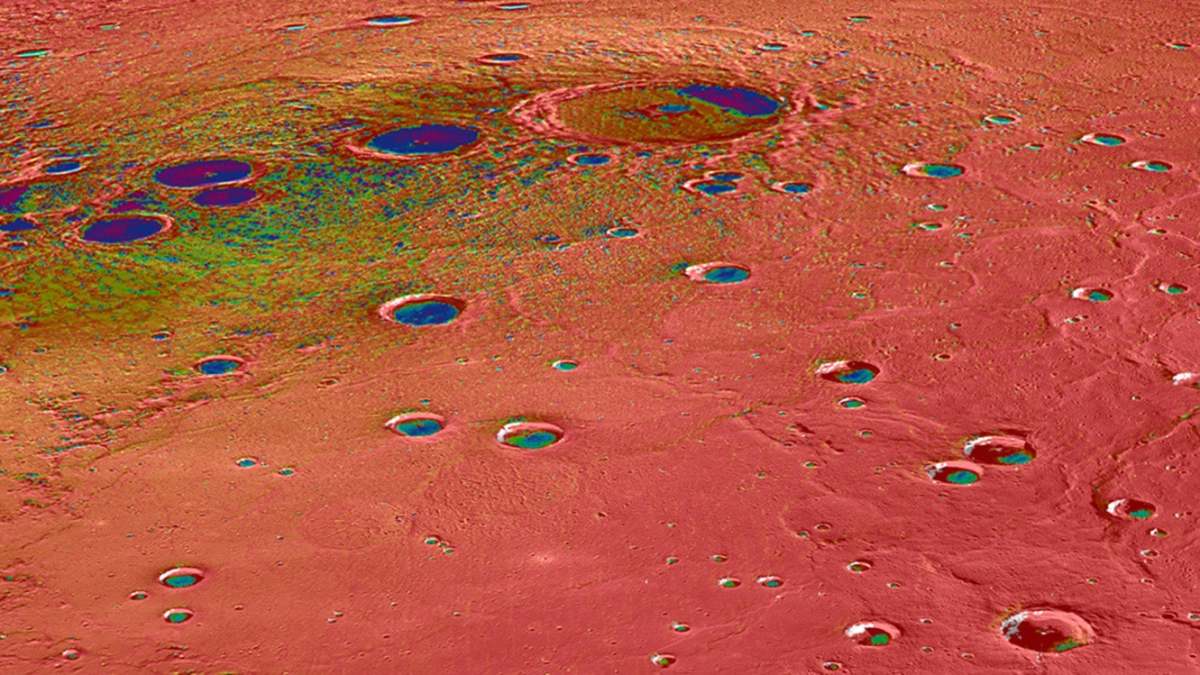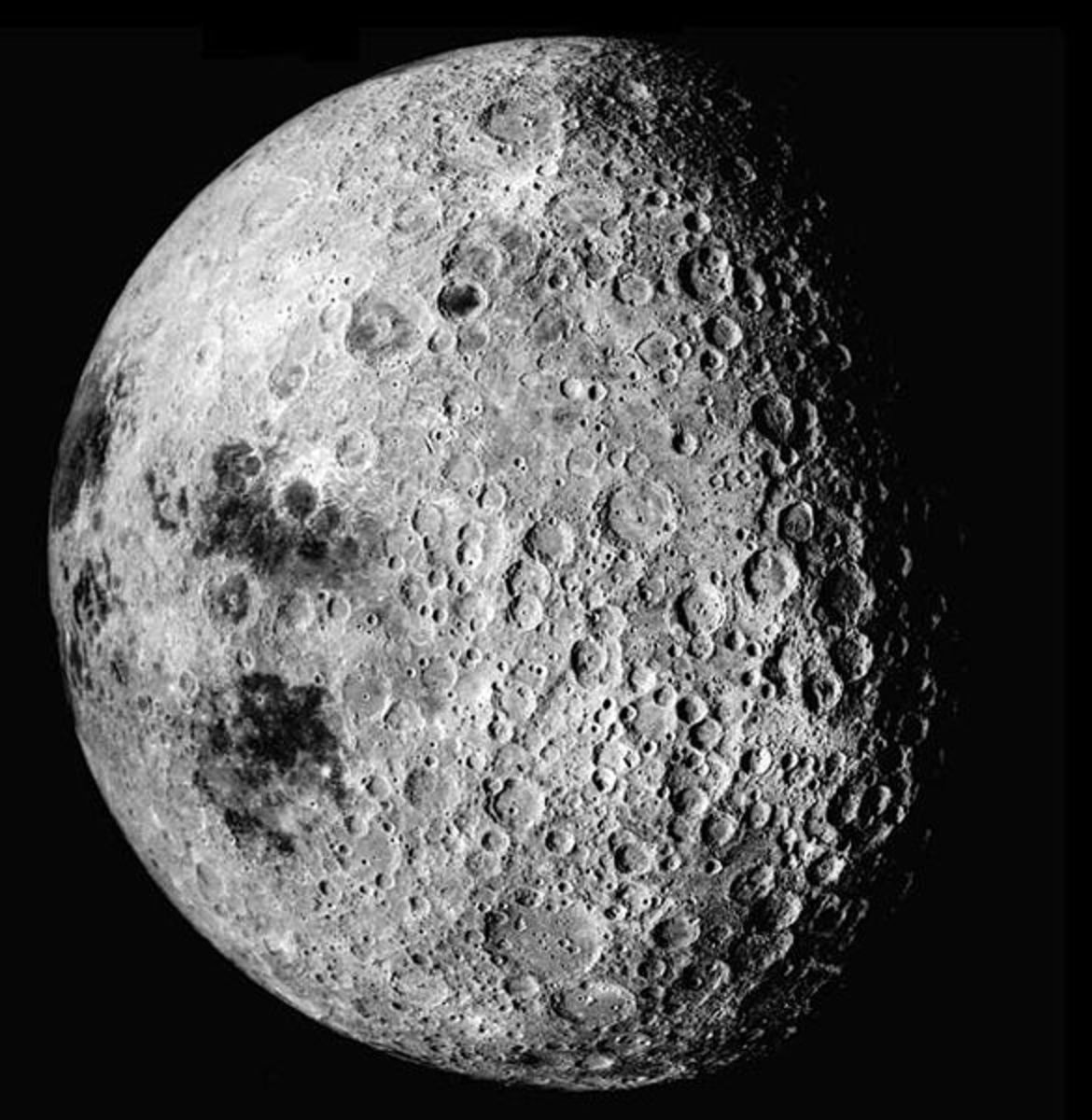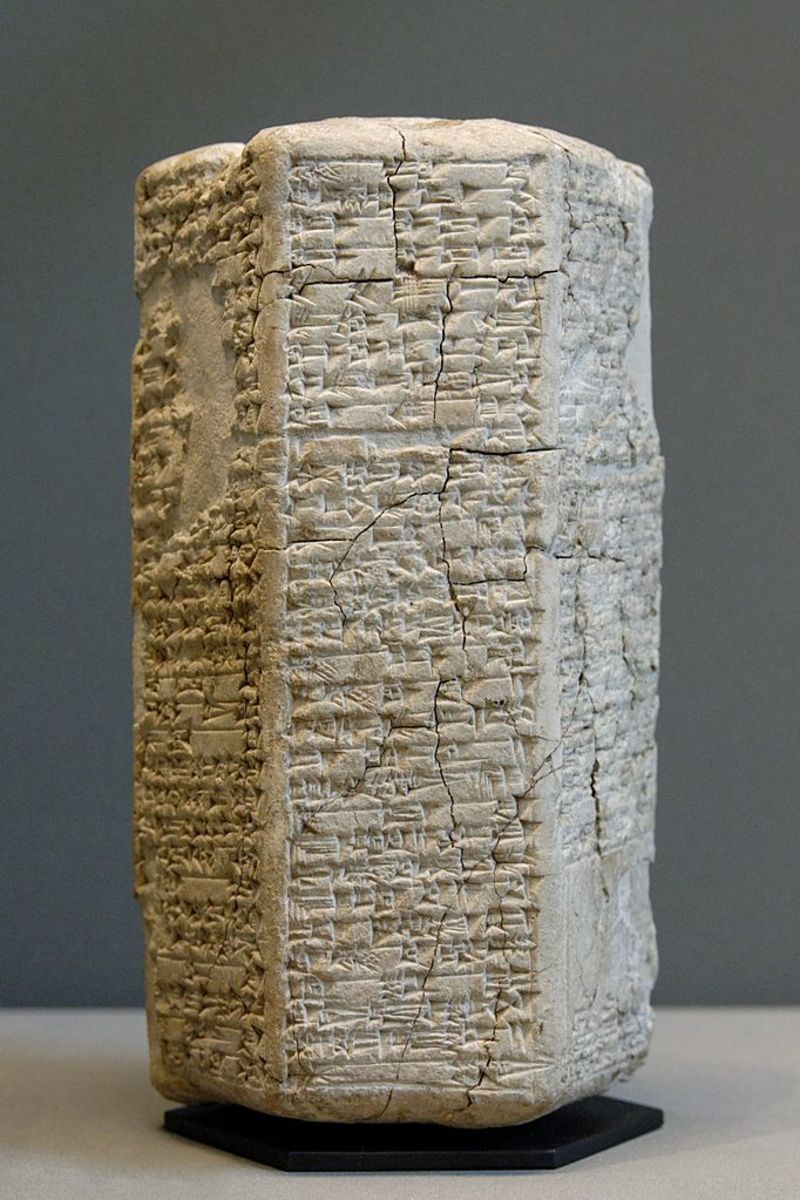Venus: A Contrast in Evolution to Earth
Earth vs Earth
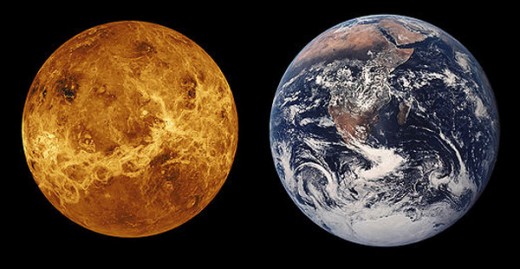
Firstly and to ensure that this information is used in the manner in which it was produced, the conjectures mentioned henceforth are speculative and inconclusive. Venus and Earth are the planets in our solar system with the most similar primary properties yet their secondary properties are very different, why is this? The main two are the formation of the planets and their different evolutions. Leading to differences in Geology, Tectonics and magmatism. There are 2 main differences as a consequence of planetary formation these are: Earth has a large satellite and is in a rapid prograde rotation, whereas Venus is in a slow retrograde rotation and Venus has a much higher abundance of non-radiogenic inert gases; the most notable of these is 36+38Ar which is about 80x more abundant on Venus.
The moon found on Earth is likely a result of a large collision between the protoplanet in its penultimate stage of terrestrial development; this is supported by the orbit, size and low content of volatiles and Fe which you would expect to be in higher concentrations if formed by similar accretion of material which formed the Earth. The collision itself would not have not removed the volatiles, most of the energy would have been used in the vaporisation of condensed matter, this has been shown in computational models. This collision would have resulted in a planetary wind, caused by the temperature rising by a few thousand degrees K, which is the likely reason for the removal of the early atmosphere. This potentially could have allowed the Earth to cool enough to allow precipitation of H2O, which is the most important difference in the planets evolutions.
As Venus has retained more Ar than Earth it is likely that it has retained more water too as it is more easily bound to condensed matter, in fact it is 700x more soluble than Ar makes it plausible that more Ar was out gassed than water leaving an appreciable amount of water in the interior of the planet. This must have happened early in its history, most likely as a result of small planetesimal impacts because the 40Ar in the Atmosphere of Venus is about a third of that in Earths, even though they have a similar K:U ratio. This relatively low abundance of 40Ar leads us to the conclusion that it is has been more difficult for volatiles, including 40Ar to reach the surface. This is mostly down to the lack of tectonic activity on Venus specifically the recycling of oceanic crust on earth, which contains hydrated minerals and volatiles. Oceanic crust on Earth has an average age of 100Ma which is only about 3% the age of the Earth. Recycling on Venus is likely much more complicated and at present poorly understood. If it’s crustal formation is similar to that of Earths 18Km3 per year then the crust is likely 100km thick, however basalt/gabbro’s undergo a phase change and metamorphosed to eclogite, limiting the crustal formation to less than 100km thick actually around 65km. This de-lamination process would act to recycle crustal material, but would be very complex due to the lack of hydrated minerals, volatiles, and would be highly connected with the down-flows of mantle convection. This could be shown on the Ishtar plateau but at present is a speculative conclusion and further research needs to be conducted.
Interesting video about the Differences about Venus and Earth
Venus only has 3 modes of elevation with high elevation limited to 3 plateaus. On current mapping (60%) it appears the surface is 75% is Volcanic and 25% is tectonic. The tectonic regions have undergone significant distortions since their formation whereas the volcanic regions have done. Almost all volcanism is of a shield style with low viscosity and water content. The average age of these flows is 1 billion years old, calculated from impact data. These rolling plains have a composition similar to that of Earth basalts with a slightly higher magnesium oxide content, likely caused by greater partial melting. The sedimentation rate (aeolian) is a few cm per million years. The tectonic regions have a variety of features including Tesserae, Ridge-and-groove belts, Coronae, Rift zones and Mountain belts. These are particularly well seen in the highland area in the equatorial area of Aphrodite. The main differences between these features on Earth ocean rise systems and Venus are on Venus they include a much shorter length, a much greater range in crest elevation, nonconcentricity of fracture zones and sudden drops in elevation about 1000 km off the crest. Using S1/2 as opposed to T1/2 as a chronology is lacking on Venus so we can only use distances. It can be estimated that only 15% of the heat flow from Venus is due to sea floor spreading as opposed to 70% on Earth. This has not taken into consideration horizontal motions of the surface, nor the association of these movements with underlying convective flows both of which are highly likely as evidence the symmetries altimetry of Western Aphrodite and in the support of the high plains of Ishtar and other plateaus, as this would create high shear stresses in surrounding crust. This leads to the conclusion that there will be large variations in crustal and lithospheric thicknesses.
Where Next
- Titan – A satellite of Saturn
Titan itself is a moon of Saturn and it Orbits at a mean distance of 1,221,870km. It is about 0.4 times the size of the Earth at just over 2570km, however it only has a density of 0.0225 times that of Earth at about 1.3452x1023 kg. This tells us... - Solar System Exploration: Planets: Comparison Chart
The Solar System Exploration website is a one-stop shop for planetary information published by NASA's Science Mission Directorate. - ESA - Venus Express - Venus compared to Earth
Venus, Mars and Earth, three out of the four inner or ‘rocky’ planets of the Solar System, have a lot in common – a solid surface you could walk on, a comparable surface composition, an atmosphere and a weather system. If you are looking for a twin s
This all suggests a mechanical instability of a layered rheology, to understand this better models for this need to be examined to see how crust deforms over a more viscous and dense mantle. The tectonics on Venus are more likely to be like those on continental plates on Earth, the convective system may nearly reach the surface in a few places but is likely hidden by the pile up of old crust. The strongest evidence that Venus’ mantle has a high viscosity comes from the gravity field and how it relates to the topography of the planet. It points to the fact that the apparent depth of compensation (ADC), is between 100-400km deep which indicates that Venus has no asthenosphere layer like Earth. This large ADC also points to the fact that, in order to support the high altitude features, there must be a close coupling between the mantle flow with the lithosphere and the crust and in active regions it is likely the layering between crust and lithosphere are not clear.
With the high surface temperatures and upward differentiation of heat sources it is expected that the crust and lithosphere are lacking the volatiles we see here on Earth. However, why haven’t volatiles risen from deeper within the mantle? At pressures of 6-10GPa or between 200-300km deep the silicate liquids are more dense than their crystalline phases. This has the effect that when magma occurs at these depths, it will sink instead of rise taking the liquids and volatiles with it. This process operating over the last 4.5 billion years has had the effect of drying out the upper mantle. Magmatism is also a very important source of heat loss, due to the very thick crust a lot of magma never reaches the surface and so cools internally and forms plutons. This is supported by the levels of SO2 in the atmosphere versus the heat loss of the planet as a whole.
Is the crust nonuniform in thickness and severely distorted or is it recycled as efficiently as that on Earth by processes not yet known? We may have to wait and see as the Magellan data may not be able to answer these questions.

